Description
Yellowfin is an important commercial tuna species, particularly for sashimi lovers world-wide. Although tuna do provide food and livelihoods for people, they are more than just seafood. Tuna are a top predator in the marine food chain, maintaining a balance in the ocean environment.
The yellow fin tuna is the ocean’s fastest predator and an important fishery species where is found in deep waters. Reaching weights of at least 400 pounds (~190 kg) and lengths of nearly 7 feet (~2 m), the yellowfin tuna is a large species that will eat just about anything that it can swallow (typically whole). Like many open ocean bony fishes, yellowfin tunas start out as extremely tiny larvae, no more than a few millimeters long and weighing only a few hundredths of a gram. Within two years, individuals reach lengths of 3 feet (~ one meter) and are sexually mature.
Biology
Yellowfin tuna (aka ahi tuna) are torpedo-shaped with dark metallic blue backs, yellow sides, and a silver belly. They have very long anal and dorsal fins and finlets that are bright yellow. Yellowfin can live up to six or seven years. They are highly migratory and are found throughout the Pacific, Atlantic and Indian Oceans. They form schools with other tunas like skipjack and bigeye, and are also known to associate with dolphins. Yellowfin are able to breed year-round.
Female yellowfin tuna species can release up to 4 million eggs when spawning. This tuna species has a maximum lifespan of 7 years.
Yellowfin tuna are known to travel in schools with different species, including skipjack and bigeye tuna. The Yellowfin Tuna is a species in the taxonomic genus Thunnus. Researchers split this genus into two primary groups, the “bluefin group” and the “yellowfin group.”
This species inhabits pelagic waters, or areas not associated directly with the shore or the sea floor. More specifically, these open ocean fish prefer epipelagic zones, which consist of regions only as deep as light penetrates. Most live between the surface and 330 ft. deep.
While pursuing prey, this species can reach speeds up to 50 mph! It has a powerful, muscular body that makes it a speedy swimmer.
The yellowfin tuna is a highly prized food fish and is fished heavily throughout its range. Generally, scientists believe that these fisheries are managed fairly well, and the species is not considered overfished.
Culinary profile:
Its firm flesh works well grilled, or seared rare to medium-rare. A flash-in-the-pan light touch is key with tuna – overcook it and you might as well be eating cardboard. Yellowfin’s medium-to-mild flavor also makes it an ideal candidate to be marinated – try it cubed and soaked in soy sauce, sesame oil and ginger then served with avocado, edamame, and rice in a bright and healthy Hawaiian poke bowl.
Quality grades: Tuna can earn one of four grades according to its freshness, size and shape, color, texture, and fat content. Grade No. 1 (‘sashimi-grade’ or ‘sushi-grade’) is the best with visible marbled fat and the highest fat content. Grade No. 2+ is excellent quality, perhaps from smaller fish with a few imperfections. Grade No. 2 is ‘grill-grade’ mainly used cooked in restaurants and raw in some lower-end sushi bars. Grade 3 has already turned brown or greenish and is used for cooking.
Nutritional notes:
Yellowfin tuna is an excellent source of vitamin B12, an essential vitamin needed to make DNA. Vitamin B12 also helps you to form new red blood cells and prevent the development of anemia.
The high levels of omega-3 fatty acids in tuna fish may help to reduce the level of omega-6 fatty acids and LDL cholesterol that can accumulate inside the arteries of the heart. Studies have shown that eating more omega-3 is associated with reduced rates of cardiovascular disease, including heart attacks.
The omega-3s in tuna also seem to have a positive effect on eye health. In a study of 40,000 female health professionals, women who ate multiple servings of tuna per week had as much as a 68% lower risk of developing dry eye. Omega-3s are also thought to contribute to the overall health of the retina.
Tuna’s omega-3 fatty acids are also believed to slow the growth of tumor cells and reduce inflammation in the body. This is important because many types of cancer are correlated with chronic inflammation.
Yellowfin Tuna is one of the best dietary sources of vitamin D. Just 3 ounces of canned tuna yield as much as 50% of the recommended daily level. Vitamin D is necessary for bone health, strengthening the immune system against disease, and ensuring optimal growth in children.
Tuna is also a great source of other vitamins and minerals, such as:
- Iron
- Vitamin B6
- Potassium
- Selenium
- Iodine
Yellowfin tuna videos
Yellowfin tuna articles
Nutritional values
A 4-ounce serving of Yellowfin tuna contains:
- Calories: 145
- Protein: 26.77 grams
- Fat: 3.37 grams
- Carbohydrates: 0 grams
- Fiber: 0 grams
- Sugar: 0 grams

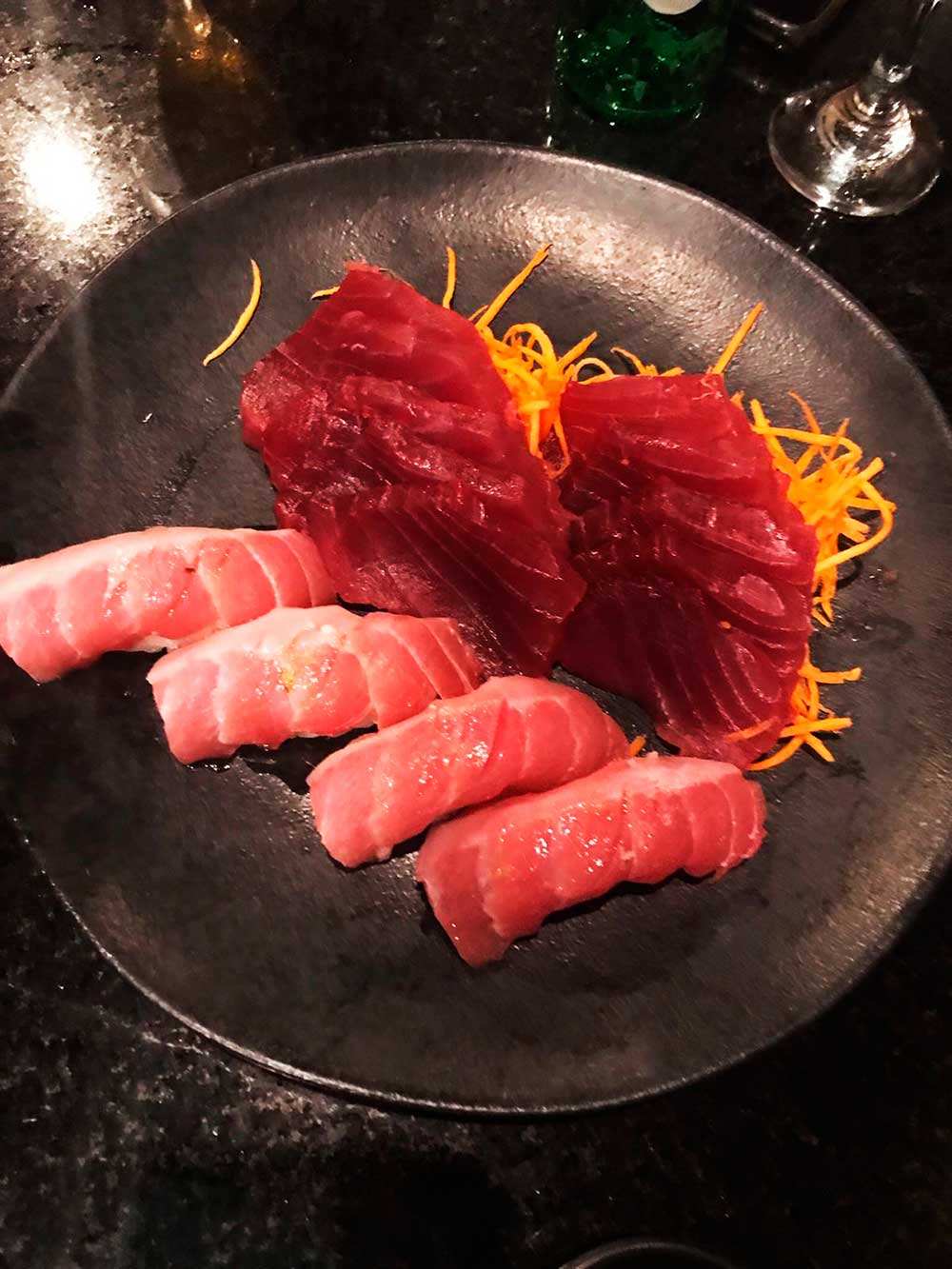


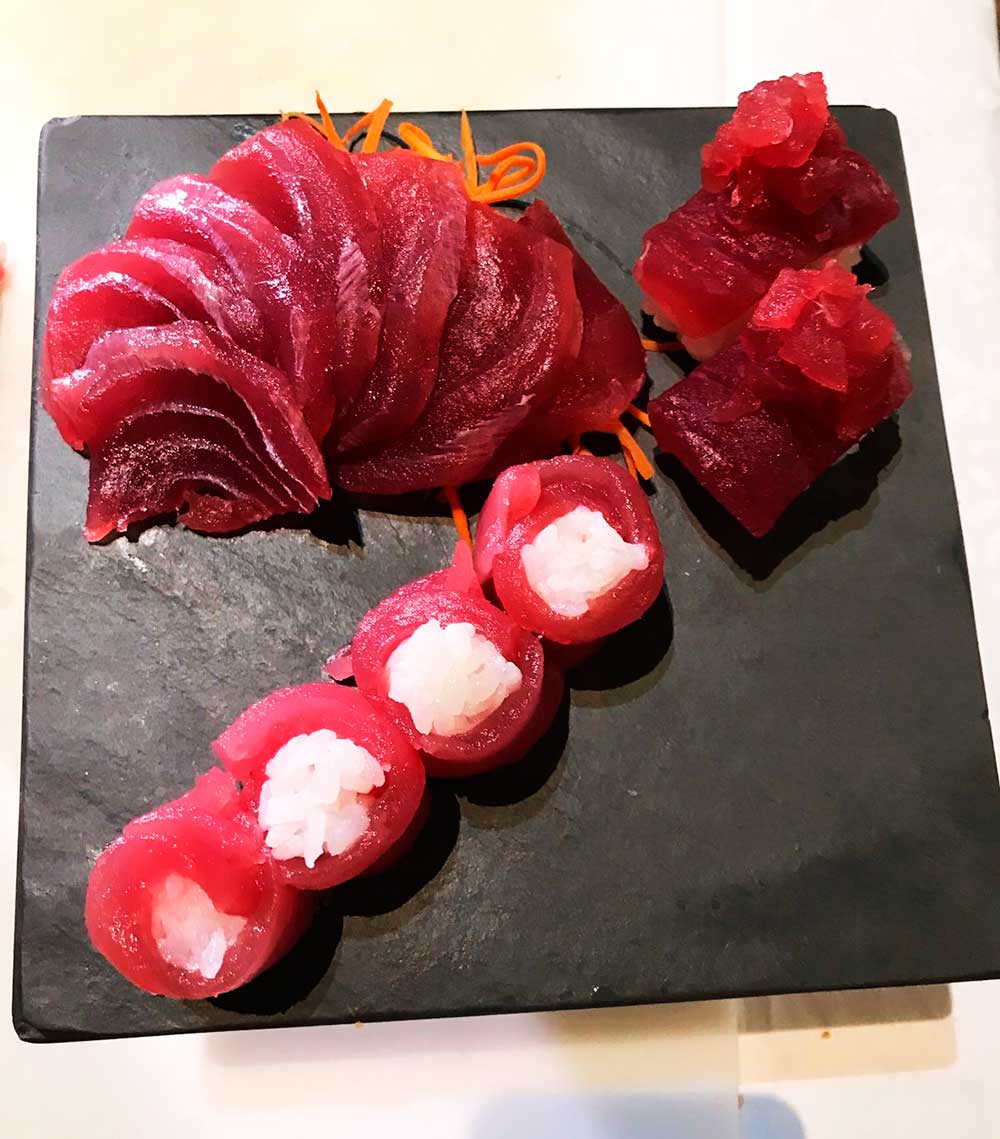
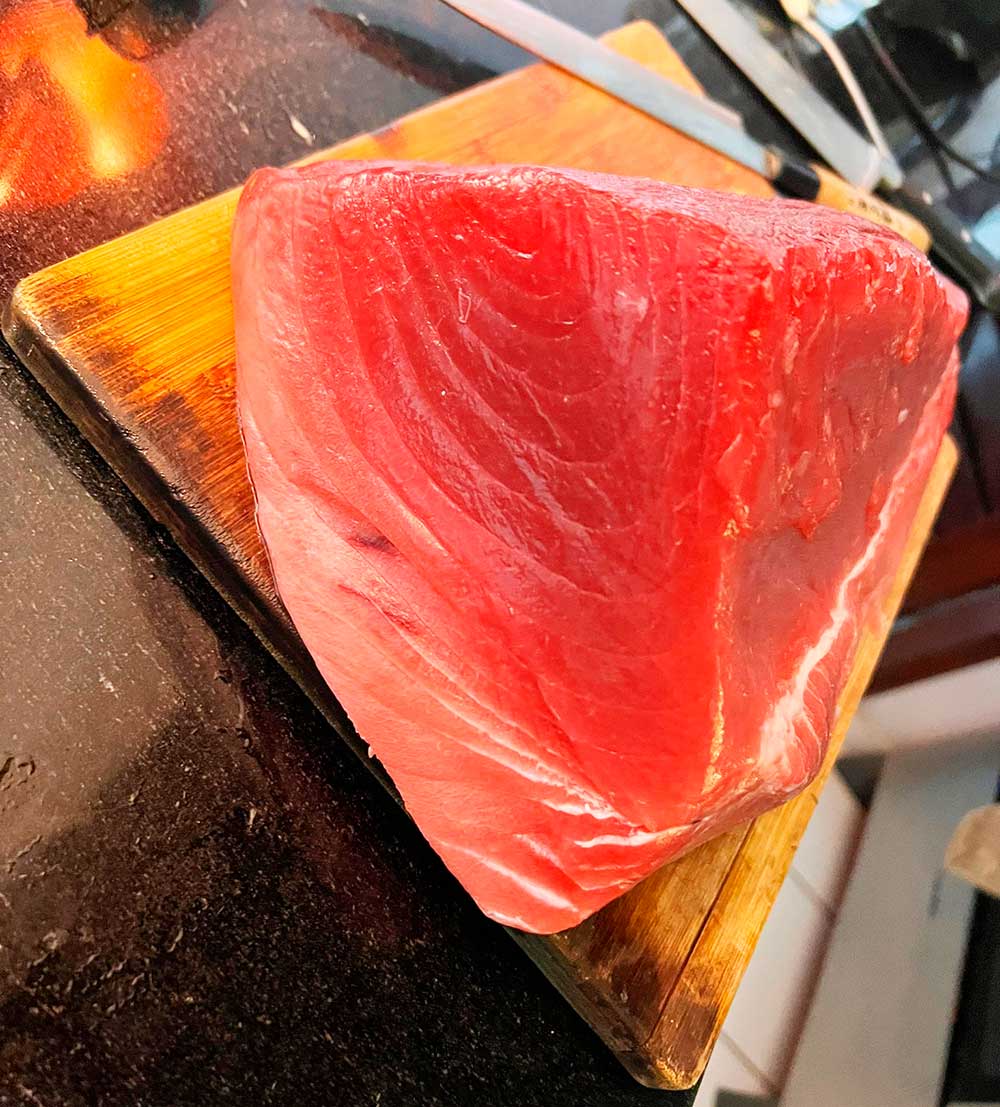
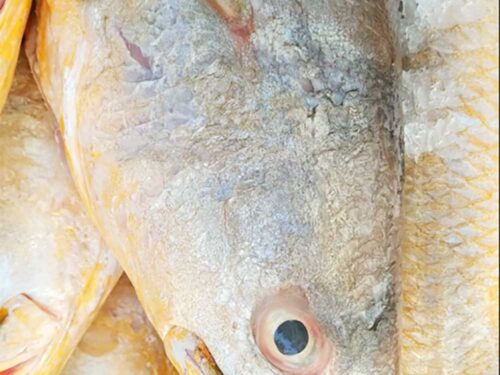
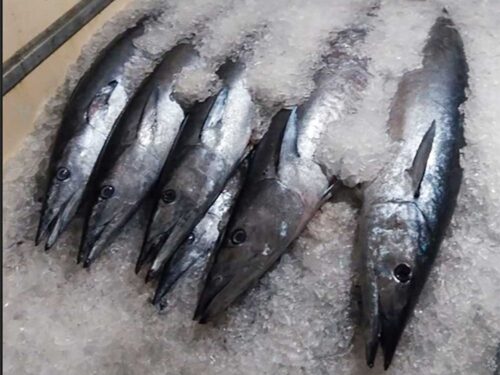

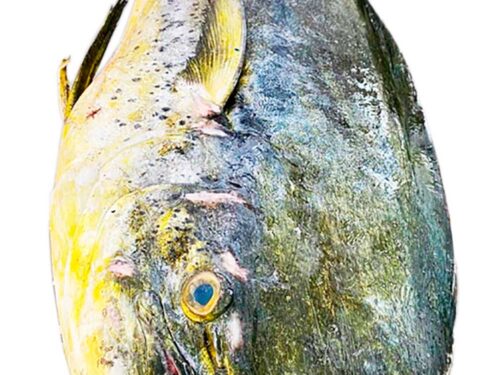
Reviews
There are no reviews yet.